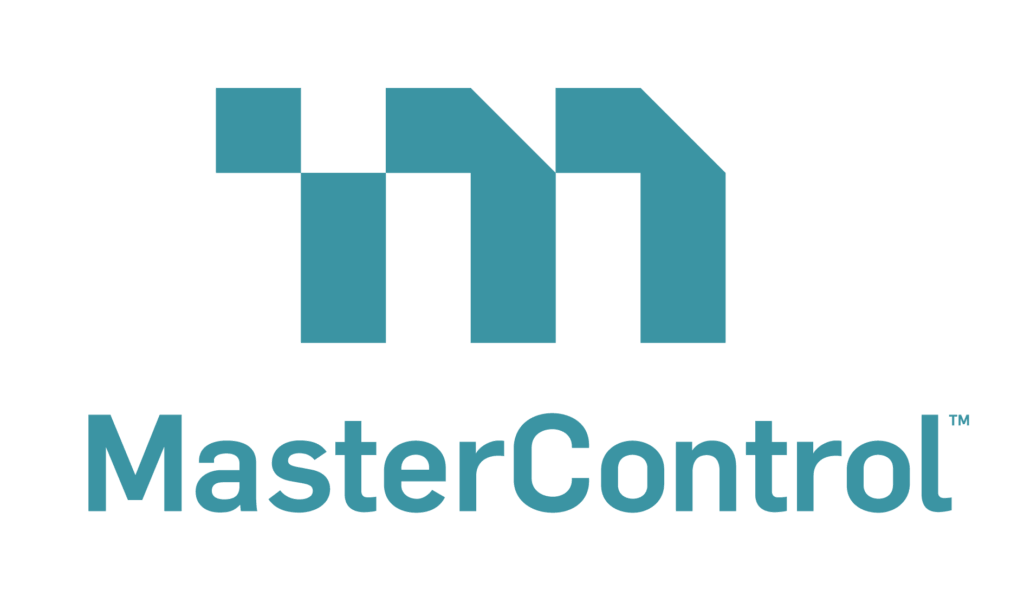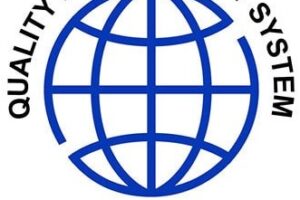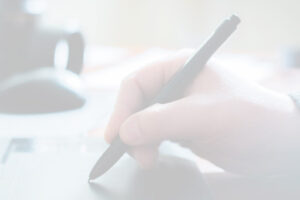Asset and equipment management are cornerstones of any laboratory’s ability to produce reliable, traceable, and valid results. That is why ISO 17025 has specific requirements for equipment. Whether you’re operating a calibration or testing laboratory, your ability to control and maintain measurement equipment directly affects not only technical quality but also compliance with internationally recognized standards such as ISO/IEC 17025.
Why Asset Management Matters
In a laboratory setting, “asset management” refers to the systematic approach to acquiring, using, maintaining, and disposing of physical resources—most importantly, equipment used in testing or calibration. Proper asset management ensures that equipment is suitable for its intended purpose, correctly maintained, and delivering accurate, traceable results.
Mismanaged assets can lead to incorrect results, failed audits, and loss of customer trust—not to mention the risk of nonconformities during assessments by accreditation bodies.
ISO/IEC 17025 Specific Equipment Requirements
The equipment section of the ISO/IEC 17025:2017 standard is especially important, and auditors will spend a longer time during audits on this section. The reason is because this standard is for laboratories and ensuring they can provide reliable results, and the results that are reported to customers directly rely on the laboratories equipment assets. In clause 6.4 of ISO/IEC 17025:2017 are the expectations for how the laboratory manages their equipment assets. This section contains 13 different sections (6.4.1 – 6.4.13) and they are all important, but we will focus primarily on the following requirements:
- The laboratory must have a procedure for handling, transport, storage, use and planned maintenance of equipment (ISO 17025 section – 6.4.3)
- The laboratory is required to verify that equipment conforms to specified requirements before being placed in service (ISO 17025 section – 6.4.4)
- The laboratory must have a calibration program and appropriate labels (ISO 17025 section – 6.4.6 – 6.4.8)
- The laboratory must retain records for equipment that can influence laboratory activities (ISO 17025 section – 6.4.13)
ISO/IEC 17025:2017 section 6.4 has more requirements than you see summarized in the list above. However, we are going to focus on the ones listed because they are the requirements that take the most effort to implement and are most asked about during our ISO 17025 implementation meetings.
Let’s take a closer look at the equipment requirements listed in this post.
The laboratory must have a procedure for handling, transport, storage, use and planned maintenance of equipment (ISO 17025 section – 6.4.3)
This requirement is a major part of the ISO 17025 implementation process and auditors will ask about this procedure. This is because it’s one of the areas in the ISO 17025 standard where it requires a written procedure for compliance.
This procedure should have sections on how the equipment is handled, transported and stored. For example, the procedure should have detailed steps for personnel to follow for:
- Receiving equipment at the facility
- Maintaining the equipment asset list
- Creating and maintaining labels for the equipment
- How to properly ship/transport equipment to and from customers and/or other facilities
- Where equipment should be stored based on the equipment status and other factors
- This procedure should demonstrate how equipment is handled, stored, and transported in a way that prevents contamination or deterioration
Another aspect of the equipment procedure is the planned maintenance of equipment. For example, the procedure should also have detailed steps for personnel to follow for:
- How to perform maintenance on equipment assets
- How to create maintenance records after performing maintenance activities
- Reference or contain a preventative maintenance schedule
- This procedure should either have the detailed steps for what preventative maintenance tasks are taken for each type of equipment, or it should include a section with reference to manuals or other reference materials where detailed information can be found
The laboratory is required to verify that equipment conforms to specified requirements before being placed in service (ISO 17025 section – 6.4.4)
This requirement refers to performing equipment verification (sometimes called function checks) for new equipment before placing the equipment in the in-service inventory (section 6.4.4). This requirement also refers to situations where equipment verification needs to take place on existing out-of-service equipment before it’s put back into service. This verification process should not be a full calibration of the equipment but should be a task that has PASS and FAIL criteria. Some common examples include:
- A physical assessment of the equipment to check for damage and other visible markers that would result in the equipment not passing the verification check (for example, a broken tamper proof seal)
- A verification that all the physical and digital functions are in working order
- A verification of selected measures to confirm the equipment is performing as expected (example, a pH probe would be submerged in a standard buffer solution and a recording of the measurement should be noted)
The laboratory must have a calibration program and appropriate labels (ISO 17025 section – 6.4.6 – 6.4.8)
This section of the standard defines when it’s required to perform calibration of equipment. A common mistake that labs make is thinking that all calibrations must take place once a year, or every other year. ISO 17025 defines exactly when calibrations must be performed and there is no dictation on a specific time interval. The standard specifically states that equipment should be calibrated when:
- Measurement of accuracy or uncertainty affects the validity of the reported results
- Calibration of the equipment is required to establish metrological traceability of the reported results
So, there is no specific requirement for your reference standards to be calibrated every year. However, the next part of the standard does require that the laboratory has a calibration program. The calibration program is where calibration intervals for each equipment should be defined. So, the lab is responsible for creating their own calibration plan for their equipment. The question becomes; how do I determine appropriate intervals for calibration? Here are some common ways that labs do this:
- Use the manufacturer’s recommended intervals
- Use the calibration lab’s (if the equipment is sent out to a 3rd party lab) recommended interval
- Perform a measurement study to determine the average time for each equipment type to start producing out of specification measurements. Use this study to decide on a low-risk calibration interval for that equipment.
This requirement also pertains to equipment labelling. ISO 17025 requires that all equipment that requires calibration be labeled. The label should be clearly visible to lab personnel.
The laboratory must retain records for equipment that can influence laboratory activities (ISO 17025 section – 6.4.13)
This requirement in ISO 17025 basically states that the laboratory shall have a record of all the equipment in the lab. The standard specifies what information should be on this record (often called an equipment list):
- The identity of the equipment, including software and firmware version
- The manufacturer’s name, type identification, and serial number or another unique identifier
- Evidence of the verification that equipment conforms to specifications
- The current location
- Calibration dates (results of calibrations, adjustments, acceptance criteria, and the due date of the next calibration)
- Documentation of reference materials, results, acceptance criteria, relevant dates and the period of validity
- The maintenance plan and maintenance carried out to date (where relevant to the performance of the equipment)
- Details of any damage, malfunction, modification to, or repair of equipment
The Equipment List is key during ISO 17025 Implementation
The equipment list is very important during ISO 17025 implementation and compliance. It’s a detailed account of where and what state the laboratory equipment is in. Notice that the equipment list contains information about the other equipment requirements listed in ISO 17025 section 6.4. For example, the equipment list (or record) must contain evidence of the verification of the equipment conforming to specifications. So, often when implementing ISO 17025 section 6.4 it’s best to start by creating a list of equipment and including all the required fields. See the image below:

A common question asked from labs implementing ISO 17025 – Are there any tools that make implementing ISO 17025 section 6.4 easier? The answer is YES!

There are many software’s that provide equipment asset management capabilities. One solution that we love is MasterControl. The reason we love this platform is that is customized for laboratories and can be customized to meet the needs of ISO 17025. The solution can be configured to handle all the ISO 17025 requirements that were discussed in this article. The solution goes beyond just handling the asset management side and has capabilities for reporting measurement results.
MasterControl Software Solution Features
| ISO 17025 | MasterControl Capability |
|---|---|
| Equipment Verification | Create equipment verification tasks and records |
| Equipment Records | Track all internal reference standards and other equipment as assets. Also track all customer equipment as assets. |
| Preventative Maintenance Plans | Create preventative maintenance plans and assign them to any asset. |
| Calibration Program | Create calibration plans for reference standards and other equipment requiring calibrations |
| Performing Calibrations | Automate/perform calibrations and generate calibration certificates instantly |
| Measurement Uncertainty | MasterControl automates uncertainty calculations so they will show up on the calibration certificate |
| Equipment Labeling | Generates labels with QR codes for quick certificate look up |
Conclusion
Effective equipment and asset management is not just a best practice—it’s a fundamental requirement for ISO/IEC 17025 compliance. Clause 6.4 of the standard outlines detailed expectations that ensure laboratories maintain control over the tools that directly impact the quality and reliability of their results. By implementing structured procedures for equipment handling, verification, calibration, and recordkeeping, laboratories not only meet accreditation requirements but also enhance operational efficiency and trust with clients.
Leveraging digital solutions like MasterControl can significantly ease the burden of compliance by centralizing equipment data, automating routine tasks, and ensuring traceability. Whether you’re just starting your ISO 17025 journey or refining your existing system, investing in robust equipment management practices is essential for long-term success and sustained accreditation.







Leave a Reply
Your email is safe with us.